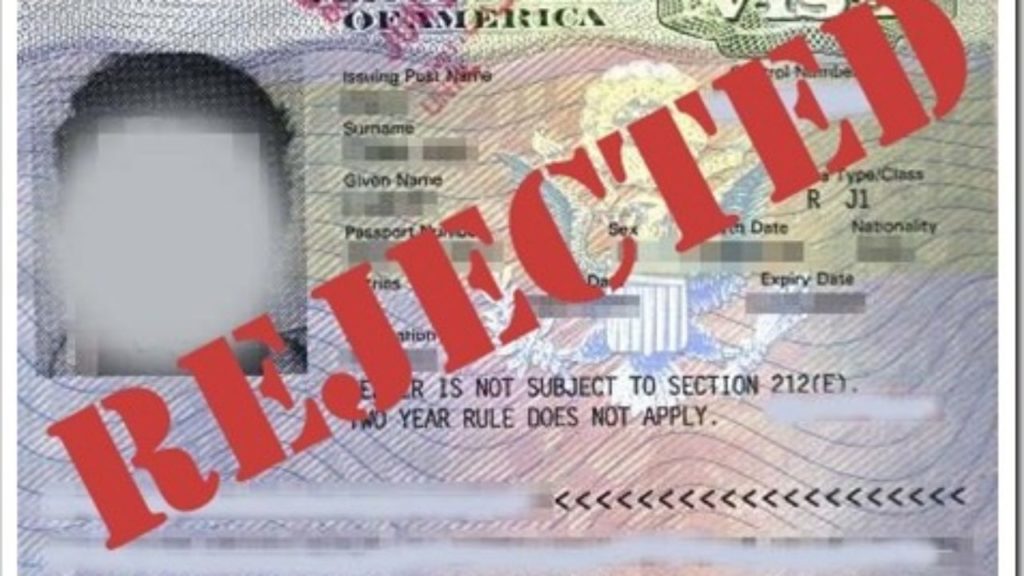L-1 Visa Holders Getting Fired, Forced To Return To India; Why L-1 Workers Are Hardest Hit?

L-1 Visa Holders Getting Fired, Forced To Return To India; Why L-1 Workers Are Hardest Hit?
The US Government is still pondering over the suspension of non-immigration visas, not just the H1B but L1 as well. Many L-1 visa workers are facing this challenge in the US, reports Moneycontrol.
With increasing layoffs and visa denials, L-1 visa holders are in line to be massively hit with limited available options.
Read to find out more…
Contents
What is an L-1 Visa?
L-1 is a non-immigrant visa for intra-company transfers for candidates who are already working for the company that intends to open or expand operations in the US. It could also be the US parent company that wants one of its employees working in its subsidiary to work in the US.
L-1 visas are reserved for experienced professionals such as managers and executives (L-1A) and those with specialized knowledge in the company’s processes (L-1B).
Indian firms continue to be the largest beneficiaries of L-1 visas accounting for 23% of total visas issued followed by the United Kingdom. Indian tech companies like Tata Consultancy Services (TCS), Infosys and Tech Mahindra, are the largest users of this visa.
Why Indian Firms Are the Largest Users of L-1 Visa?
Unlike H-1B, the intra-company transfer visa does not have cap issues. H-1B visa cap is 85,000 in a financial year. This allows companies to file for L-1 visas for those employees who would be working at their US units, experts told Moneycontrol.
An immigration attorney pointed out that some companies used L-1 in place of H-1B given the complex and long-drawn process the H-1B visa involves.
What are the Challenges for the Indian L-1 Visa Employees?
The rate of denials and request for evidence has increased under the Trump administration leading to L-1 visa rejections. According to a research report by the US-based immigration think tank CATO.org, between 2016 and 2019, rejection share of L-1 increased from 25% to 34%.
Recent layoffs due to the COVID-19 pandemic have only added to the troubles of the working population. Unlike H-1B visa holders, L-1 visa employees cannot seek employment in another firm once laid off and have no option but to return home, especially in the case of Indians.
Romish Badani, CEO, Bridge US, an immigration firm, said that given the cost of living is high in the US most people would go home till they find a better opportunity to come back to the US for work.
Canadian and Mexican nationals can move to TN visa that allows them to work in the US.
How Will This Affect the IT Industry?
The visa rejection would impact the IT companies in delivering projects on time as it would be challenging to find replacements for L-1 visa resources who have specialised knowledge in particular fields. Subsequently, this would force companies to look at other operating models apart from the onsite-offshore mix and it is already happening.
Most IT firms now have close to 60% of their workforce in the US as locals. In its FY20 annual report, TCS said with remote working becoming a norm it was looking at a lesser dependency on visa and travel as meetings go virtual.

Comments are closed, but trackbacks and pingbacks are open.